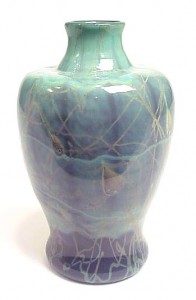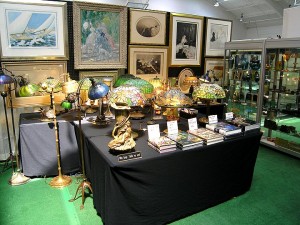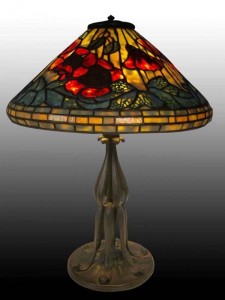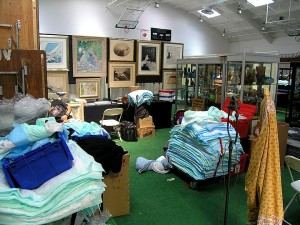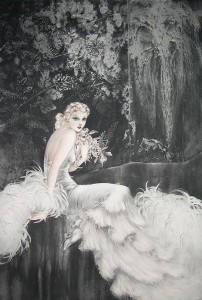
An overhead view of a few aisles at the Baltimore Summer Antiques Show
There are a few shows each years that I really look forward to and the Baltimore Summer Antiques Show is one of them. It’s the show that kicks off the season. I still think like a teacher. My year starts in September and ends in August. Each year the show is held over the Labor Day weekend. It used to be a 3-day show under the old management, but for the last couple of years, the Palm Beach Show Group has managed it and expanded it to 4 days, from Thursday, September 3 to Sunday, September 6. Thankfully the show is closed on Labor Day.
Too many shows are shrinking, but this one is expanding. It’s hard to see all the exhibitors in one day, so plan on more time. It attracts exhibitors from all over the US and some international exhibitors. The majority of the collectors who attend come from several surrounding states, but because of the quality and depth of the show, many attendees fly in from all over the country and even some from Europe, Japan and South America. And that gives the show life that unfortunately is missing from too many shows. Everyone knows about the big Miami Beach Convention Center Antiques Show in January. Well this is not quite as big or famous, but close.
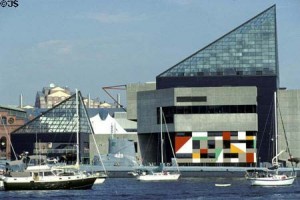
The National Aquarium of Baltimore
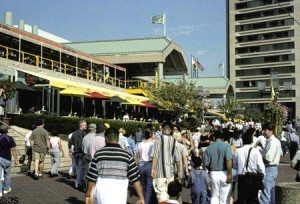
Next to the water at the Inner Harbor
Then there’s Baltimore itself. When I started exhibiting at this show many years ago, the Inner Harbor area was quite run down. You wouldn’t recognize it now. The Inner Harbor is now a showcase area with the best hotels, restaurants and attractions, including the Convention Center where the antiques show is held. There’s the National Aquarium of Baltimore (world class), the Science Museum, Camden Yards (catch an Orioles game), the Ravens Stadium, the harbor itself, great shopping, etc., etc.
If you’ve been thinking about attending this show, this is the year to do it. You will not regret coming to this show. You’ll love the show and you’ll love Baltimore.
Pleeeeaaase write to me with suggestions and/or questions. If they’re interesting, I’ll write a blog entry. If you like my blog, please recommend it to others.
Please let me know what you would like to buy, sell or trade. philchasen@gmail.com

